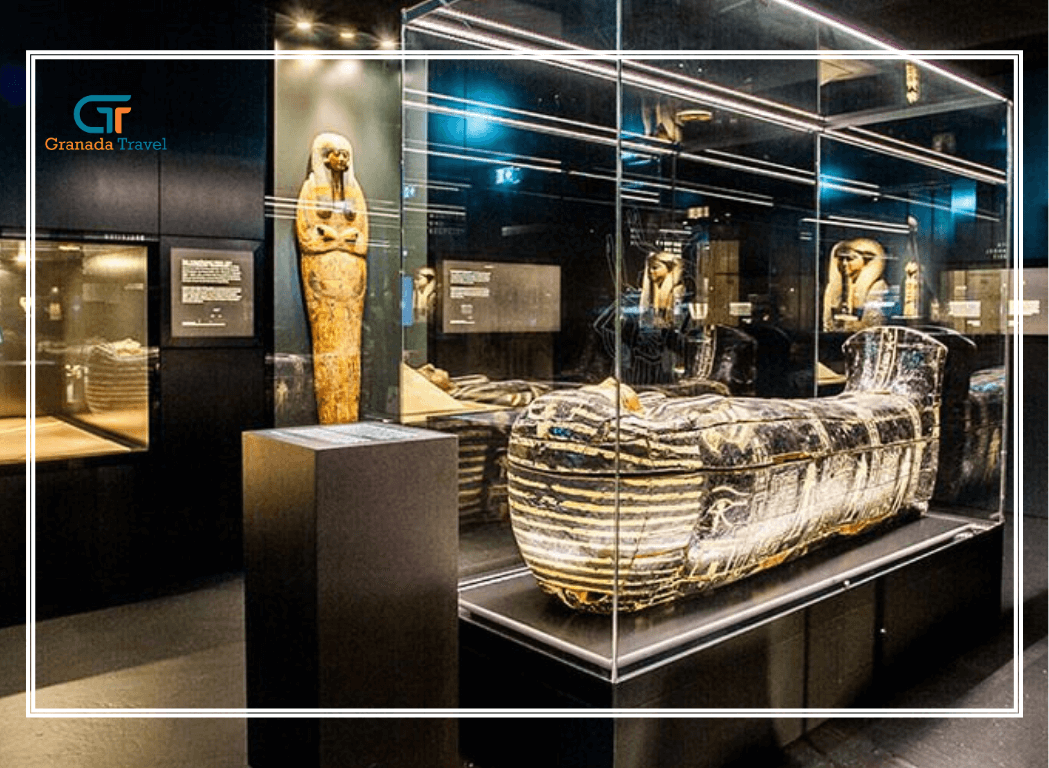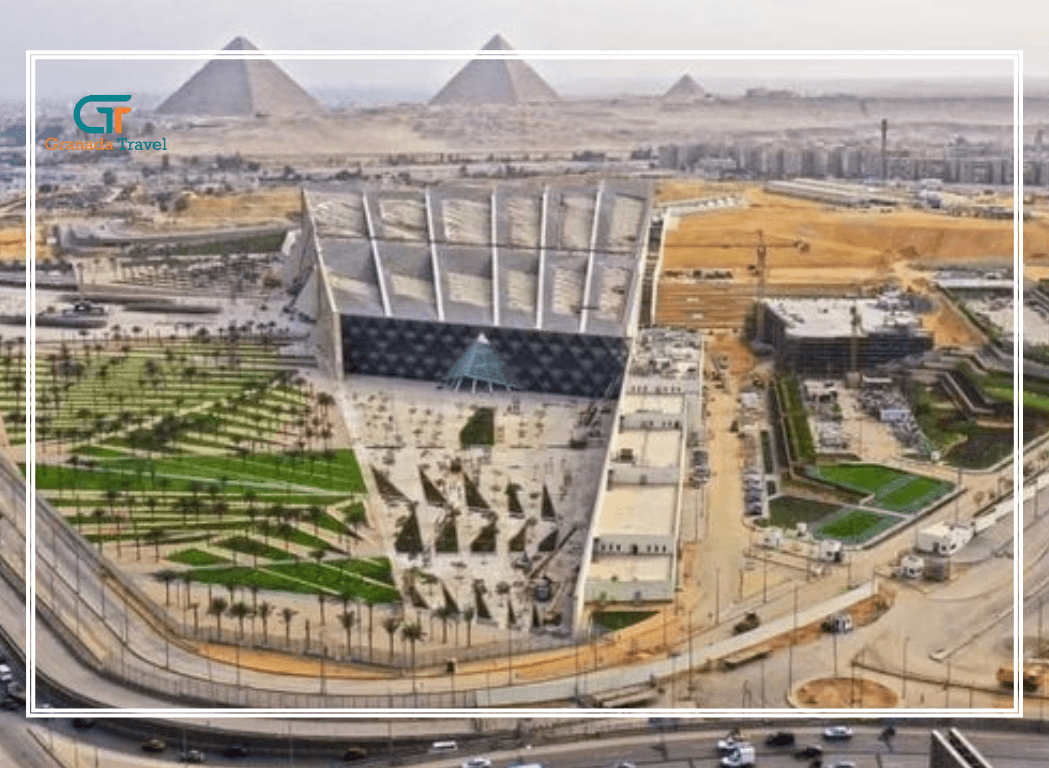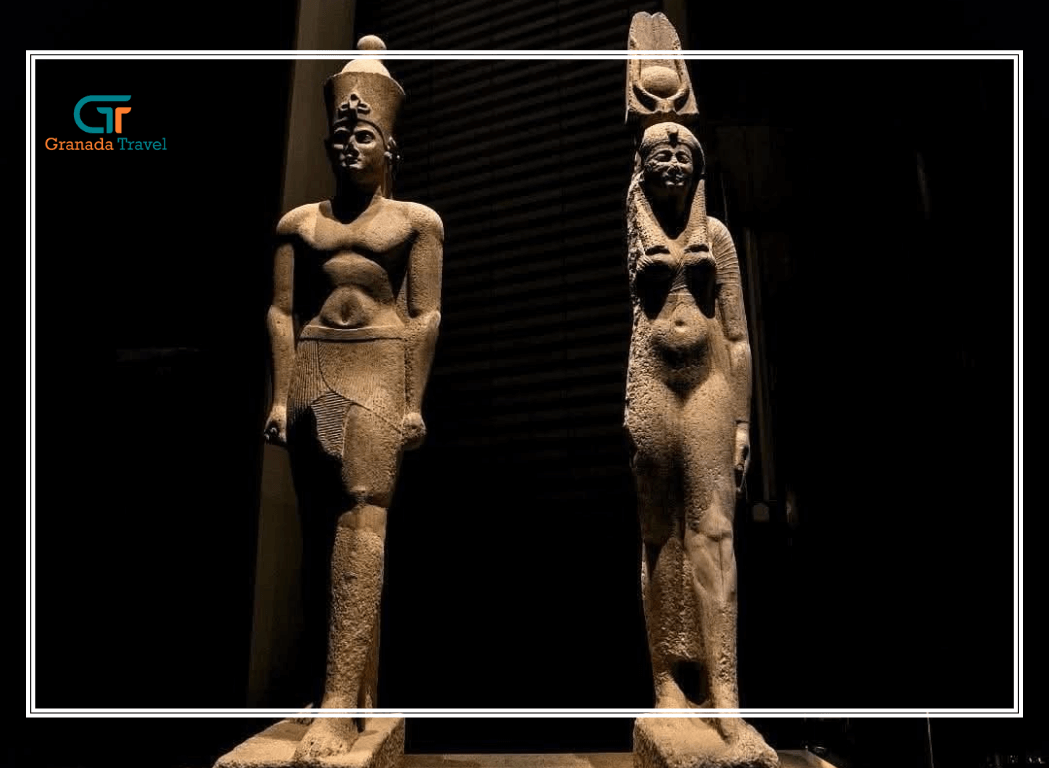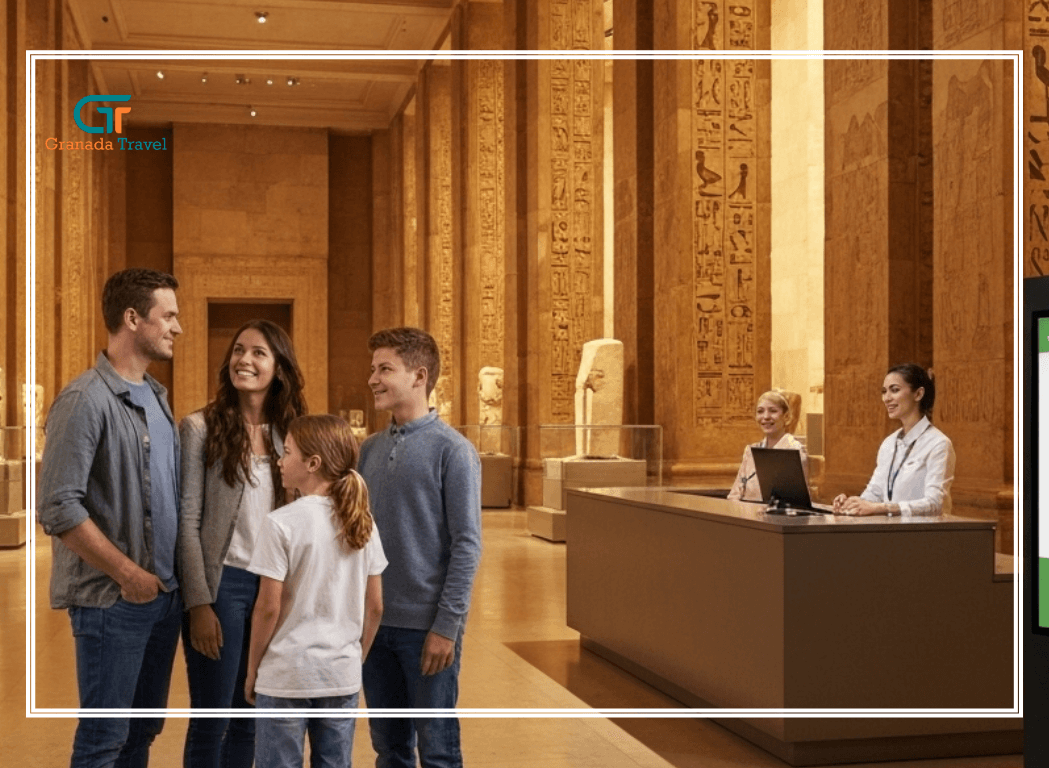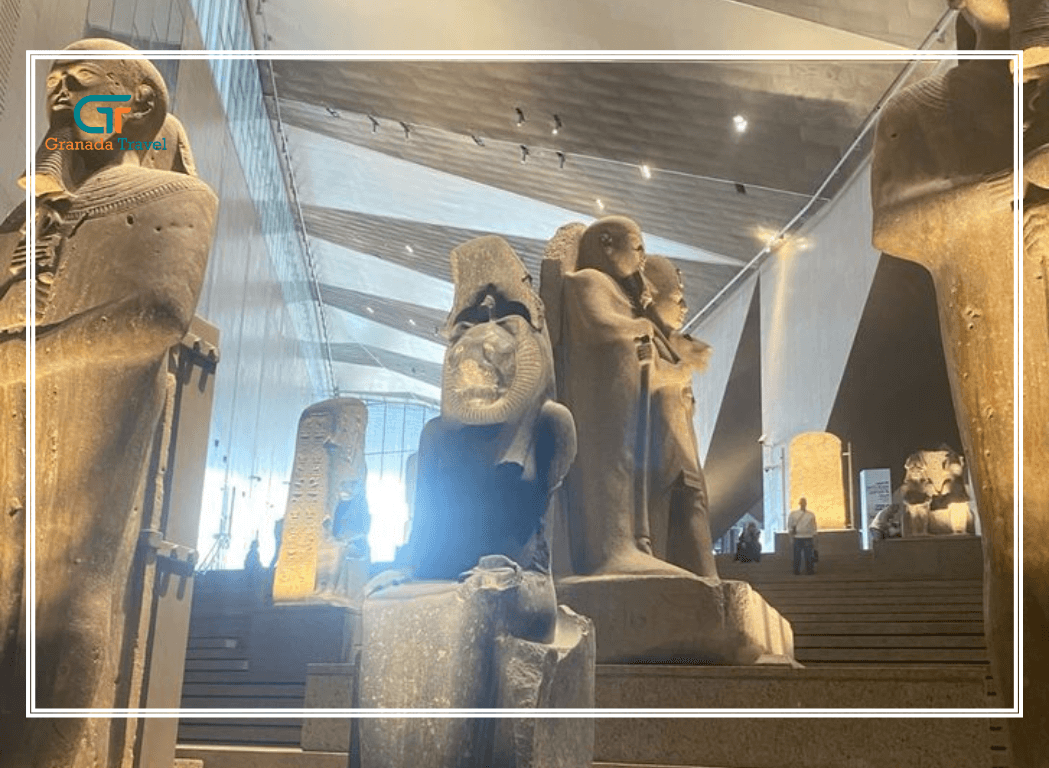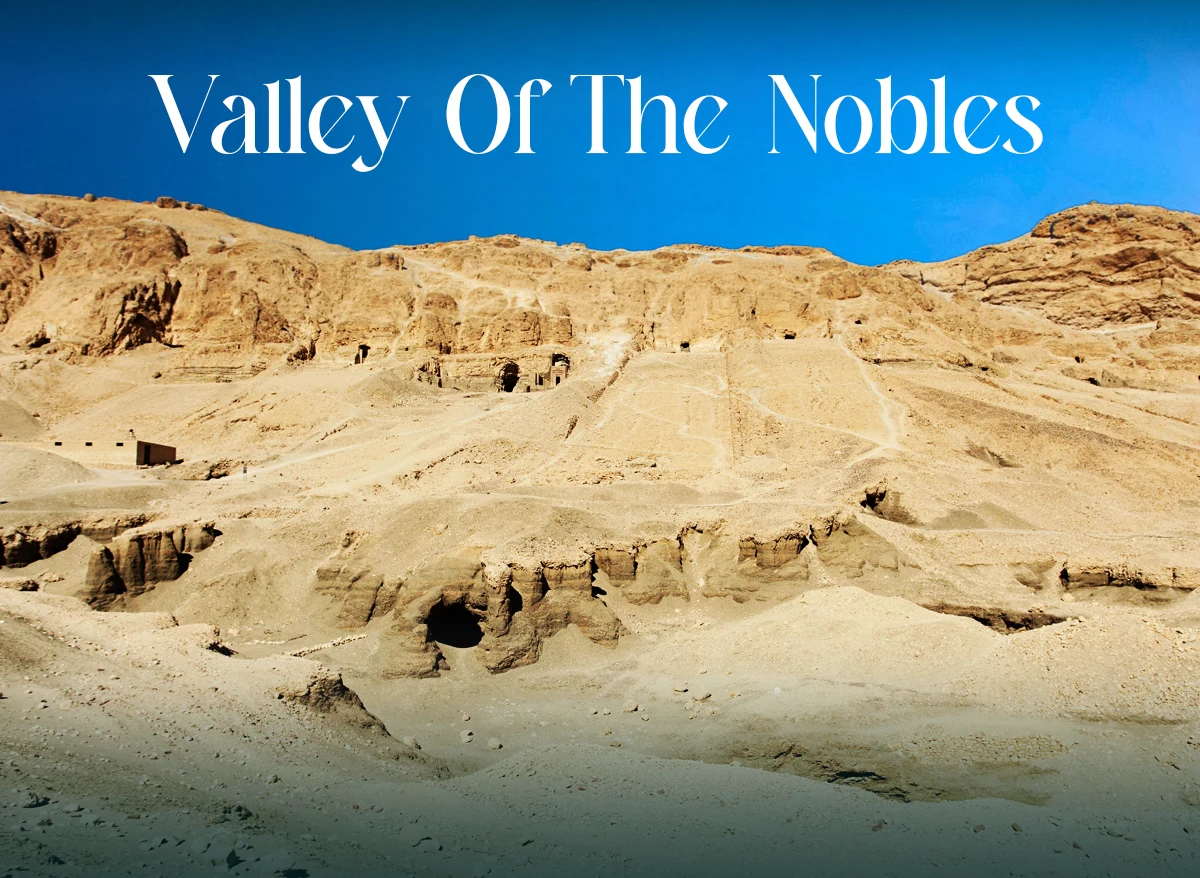
Discovering the Valley of the Nobles: Egypt’s Overlooked Treasure
When most travellers plan a trip to Luxor, they often prioritise the grand Valley of the Kings or the poignant Valley of the Queens. However, tucked away on the West Bank of the Nile lies a lesser-known yet equally fascinating site, the Valley of the Nobles. Rich in colour, culture, and character, the Valley of the Nobles Egypt offers a unique glimpse into the lives of ancient Egypt’s elite class beyond pharaohs and queens.
But what exactly makes this site so special? And the question many travellers ask: Is the Valley of the Nobles worth it? In this guide, we explore the beauty and historical significance of the Valley of the Nobles Luxor, offering insight into why this site deserves a firm place on your itinerary.
What is the Valley of the Nobles?
The Valley of the Nobles refers to a vast burial ground on the West Bank of the Nile, directly opposite modern-day Luxor. Unlike the grand, temple-like tombs of pharaohs in the Valley of the Kings Egypt, this area is home to over 400 tombs belonging to high-ranking officials, priests, scribes, and nobles who served during Egypt’s New Kingdom period (circa 1550–1070 BC).
These tombs are not merely burial chambers; they are stunning pieces of art and history. Painted in vivid hues, the wall decorations portray scenes from daily life, religious rituals, and family interactions, providing a unique and intimate perspective of life in ancient Egypt.
Valley of the Nobles West Bank or East Bank?
A common query from visitors planning their tour is whether the Valley of the Nobles is on the West Bank or East Bank of the Nile. The answer is: West Bank.
In ancient Egyptian belief, the west was the land of the dead, as the sun sets in the west, symbolising death and the afterlife. Thus, the West Bank of Luxor is home to most of the mortuary sites, including the Valley of the Kings, Valley of the Queens, Deir el-Medina, and, of course, the Valley of the Nobles.
The East Bank, on the other hand, represented life and housed temples dedicated to the gods, such as Karnak Temple and Luxor Temple.
Highlights of the Valley of the Nobles Egypt
The sheer number of tombs in the Valley of the Nobles can be overwhelming, but only a handful are open to the public at any given time. Here are some of the most remarkable ones worth exploring:
Tomb of Sennefer (TT96)
Nicknamed the “Tomb of Vines”, Sennefer’s resting place is one of the most beautifully preserved tombs in Egypt. The ceiling is covered in grapevine motifs, and the walls portray scenes of family life and religious rituals. Sennefer was the Mayor of Thebes under Amenhotep II, and his tomb reflects his prestigious role.
Tomb of Rekhmire (TT100)
Rekhmire served as Vizier under Thutmose III and Amenhotep II. His tomb features extensive inscriptions and murals that illustrate his administrative duties, including a rare depiction of Nubian and Asiatic tribute bearers. It is one of the most textually informative tombs in the Valley of the Nobles Luxor.
Tomb of Ramose (TT55)
This tomb is particularly notable for its combination of artistic styles, reflecting the transition between traditional Egyptian art and the Amarna period. Ramose was Governor of Thebes during the reign of Akhenaten, and his tomb provides crucial insights into this dramatic era of religious reform.
Is the Valley of the Nobles Worth It?
Absolutely! And here’s why.
While the Valley of the Kings Egypt garners the most attention, the Valley of the Nobles offers a more intimate and less crowded experience. Unlike the often austere tombs of pharaohs, noble tombs are lively and personal, depicting family banquets, agricultural scenes, and everyday life. You’re not just seeing death and divinity; you’re seeing humanity.
Furthermore, the artistry found in the tombs of the Nobles is often better preserved in terms of colour and detail. These spaces feel more like homes and less like monuments, offering an emotional connection that’s harder to find elsewhere.
Also, ticket prices tend to be lower, and photography is often permitted without additional charges (though it’s always best to check current regulations).
Tips for Visiting the Valley of the Nobles Luxor
- Start Early: Like many sites on the West Bank, temperatures can soar by midday. Arriving early ensures a more comfortable visit.
- Hire a Guide: Many tombs include complex iconography and narratives. A knowledgeable guide can vastly enrich your understanding of what you’re seeing.
- Combine with Other Sites: The Valley of the Nobles is close to Deir el-Medina and the Ramesseum, making it easy to visit multiple locations in a day.
- Dress Modestly and Comfortably: While Egypt is generally hot, the interiors of the tombs can be humid. Wear breathable clothes and sturdy shoes.
Beyond the Valley: Pairing with Other Sites
When planning your itinerary around Luxor, consider pairing your visit to the Valley of the Nobles Egypt with other must-see destinations for a well-rounded experience.
Valley of the Kings Egypt
A visit to the Valley of the Nobles perfectly complements the grandeur of the Valley of the Kings, where pharaohs like Tutankhamun and Ramses II were laid to rest. If the Valley of the Kings shows the afterlife of royalty, the Valley of the Nobles shows the afterlife of the people who served them.
Valley of the Queens
Located nearby, the Valley of the Queens houses the tombs of royal women, including the breathtaking tomb of Queen Nefertari. It is a smaller site but boasts some of the most stunning art in all of Egypt.
Khnum Temple Esna
For those exploring further afield, the Khnum Temple in Esna is an underrated gem. Recently cleared of centuries of soot and debris, its vibrant ceiling carvings have stunned modern-day archaeologists and visitors alike. It’s another testament to the artistic brilliance of ancient Egypt and a great stop on the way back from Luxor.
Read more about khnum temple esna
Preserving Egypt’s Heritage
One of the reasons the Valley of the Nobles remains under the radar is due to its relatively fragile state. Many tombs have yet to be fully excavated or opened to the public, and conservation efforts are ongoing.
Visiting lesser-known sites like the Valley of the Nobles Luxor helps spread tourism more evenly and supports the preservation of Egypt’s vast archaeological wealth. Plus, you’re likely to enjoy a quieter, more contemplative experience, something rare at the more crowded sites.
Unforgettable Destination
So, is the Valley of the Nobles worth it? Without a doubt. If you’re looking to understand ancient Egypt beyond its kings and pyramids, this site offers the humanity, artistry, and daily life that often gets overshadowed.
Whether you’re a history enthusiast, an archaeology lover, or a curious traveller, the Valley of the Nobles Egypt is a rewarding and unforgettable destination. Located on the West Bank of the Nile, it complements more famous sites while offering its own distinct charm and insight.
In the quiet, painted chambers of noblemen long passed, you’ll find voices echoing through time, telling stories not of gods and gold, but of love, work, hope, and faith. And that, in itself, is worth the visit.

